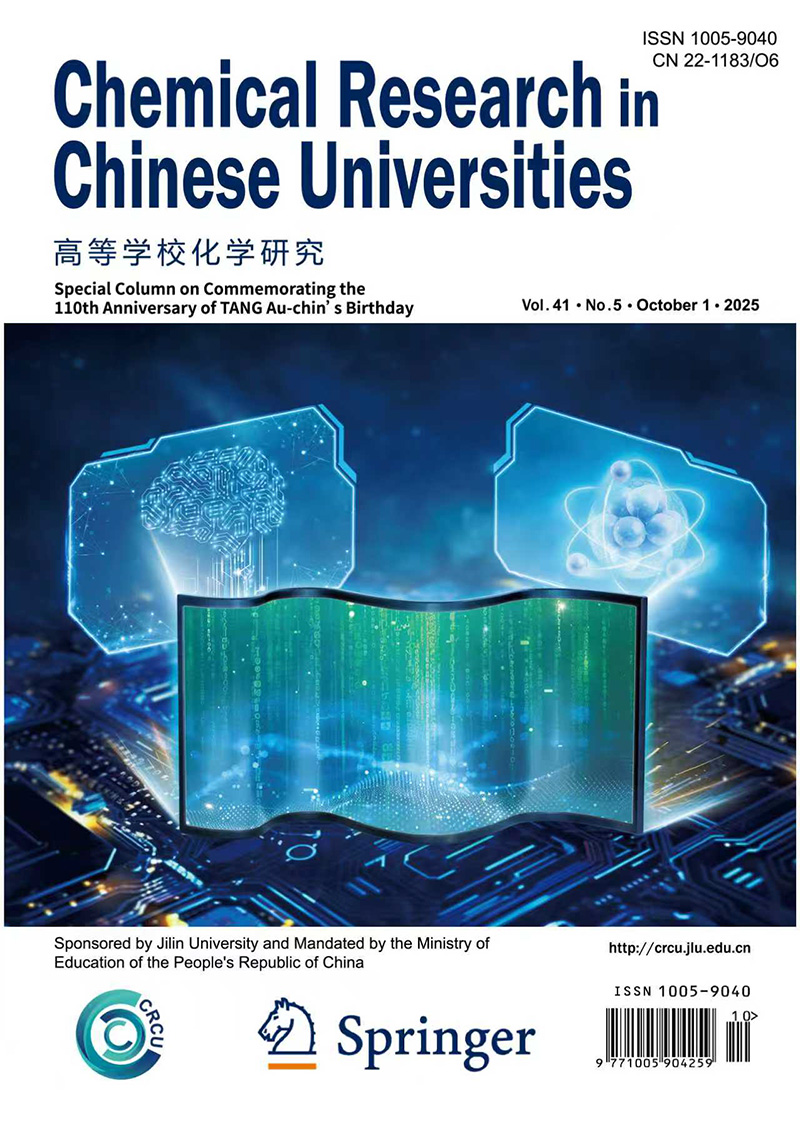Three different dimensional Ni(Ⅱ) coordination polymers,[Ni(3-pna)(HIP)(H2O)3]·H2O(1),[Ni(3-pna)· (1,3,5-HBTC)](2) and [Ni2(H2O)(3-pna)2(1,4-CHDC)2]4(3)(3-pna=3-pyridylnicotinamide, H2HIP=5-hydroxyisoph-thalic acid, 1,3,5-H3BTC=1,3,5-benzenetricarboxylic acid, 1,4-H2CHDC=1,4-cyclohexanedicarboxylic acid), were synthesized under hydrothermal conditions and characterized by means of infrared spectra(IR), thermal gravimetric (TG) analyses, powder X-ray diffraction(PXRD) and single-crystal X-ray diffraction. Complex 1 has a structure of 1D single-stranded chain, which is further stretched by hydrogen-bond interactions to form a 2D supramolecular sheet. Complex 2 shows a 2D network, which is stretched to 3D supramolecular frameworks through hydrogen-bond interactions. Complex 3 reveals a 3D skeleton with a (3,3,6,6)-connected {3·72}{32·4}{33·42·5·73·85·9}{33·45·52·72·82·9} topology. The effects of different polycarboxylates on the ultimate architectures of the complexes 1-3 were discussed. Furthermore, the fluorescent and photocatalytic properties of the title complexes were also investigated.

